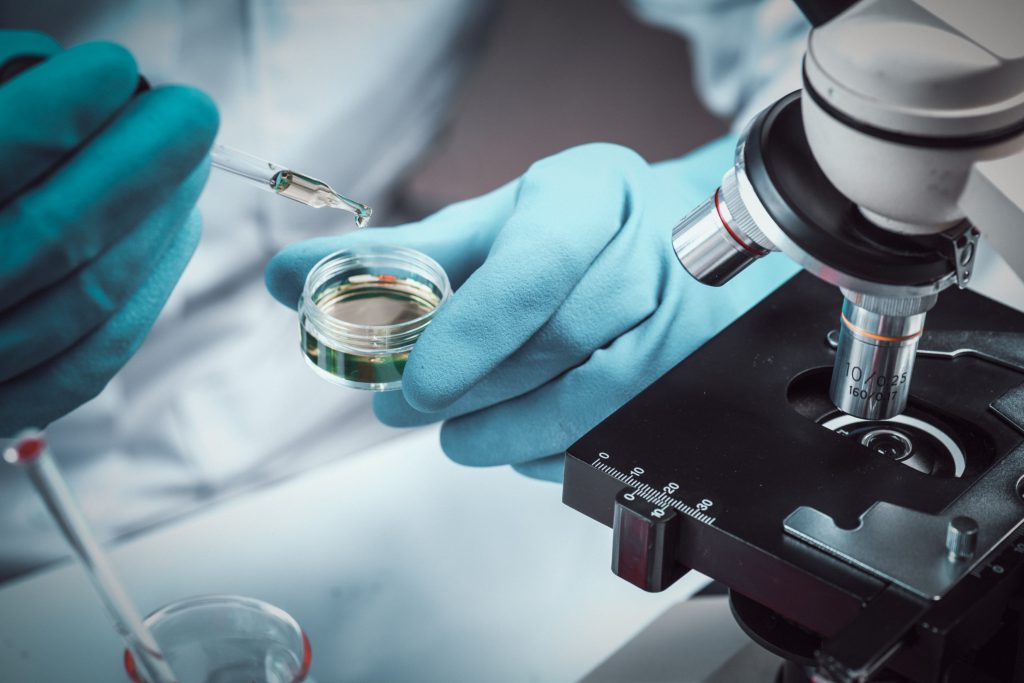
Nanomedicine can be broadly defined as the application of nanomaterials in improving human health. This includes the development of medical early diagnosis and prevention applications, and improvements in the diagnosis, treatment, and follow-up of many life-threatening diseases, including cancer, cardiovascular disease, diabetes, AIDS, Alzheimer’s disease, Parkinson’s disease, and various inflammation and infectious diseases.
The size range of nanomaterials is 1 to 100nm, which is similar to that of basic biomaterials such as DNA, but the surface area is greatly increased, and its applications range from drug and gene delivery to biomedical imaging.
Nano-drugs have the characteristics of small particles, large specific surface area, high surface reaction activity, plenty of active sites, strong adsorption capacity and so on. The use of nanomaterials as drug carriers can improve the absorption and utilization of drugs, achieve efficient targeting delivery, prolong the half-life of drug consumption, and reduce harmful side effects on normal tissues.
The development formula of nano-drug particles includes polymer nanoparticles, micelles, liposomes, dendrimers, metal nanoparticles, solid lipid nanoparticles and so on. In 1995, researchers announced the first liposome-based nano-drug Doxorubicin, for the treatment of tumors. Today, due to the rapid development of science, about 50 kinds of drugs based on nanoparticles have been developed.
The interaction between nano-drugs and biotic environment (molecular, cell, organ, etc.) is based on a series of complex interactions between particles and biological media. Each biotic environment is unique, and the particle size, shape, arrangement, surface charge distribution and surface chemistry of nanoparticles are the key factors to determine the reaction efficiency of nano-drugs with their surrounding media.
Nano-drugs are mainly affected by three factors: biodistribution characteristics, cell uptake rate and the mechanism of final tissue clearance. The size of the drug determines how it is removed by the body. Particles smaller than 10nm are removed by the kidney, while particles larger than 10nm are eliminated through the liver and mononuclear phagocytic system.
Sales of nanostructure applications in the life sciences, such as nanoparticles, nanospheres, nanocapsules, and quantum dots, are expected to continue to grow over the next five years, BCC Research reported. The global market for life science nanostructure applications is expected to reach $33.8 billion by 2024 and is expected to grow at a CAGR of 13.7% over the next five years.
Take gold nanoparticles as an example
Nano-carriers have the ability to improve the enhanced permeability and retention effect (EPR) of tumor tissues. In addition, nano-drugs have the following advantages: loading multiple drugs to play a combined therapeutic role of drugs; targeted delivery of specific drugs to tumor cells and tumor microenvironment; simultaneous visualization of tumor therapeutic effects based on new imaging techniques; prolonging drug circulation time; controlling drug release; optimizing treatment regimens to improve patient compliance.
A particularly active area of nanomedical research is the design of functionalized gold nanoparticles as multi-purpose agents for biomedical imaging and drug delivery. Gold nanoparticles are known for their strong optical activity at visible to near-infrared (NIR) wavelengths and are being actively studied contrast agents for optical imaging modes.
Due to the new progress in the scalable synthesis of anisotropic gold nanoparticles, a new round of research on gold nanoparticles is underway. For example, gold nanorods (GNRs), with a much shorter length than 100nm can be prepared and their efficient NIR absorptivity can greatly improve the range of medical optical effectiveness modes, such as optical coherence tomography (OCT) and photoacoustic tomography (PAT).
However, gold nanoparticles are not only passive imaging agents and carriers: most of the photons absorbed by gold nanoparticles are converted into heat, resulting in a strong photothermal effect. At high gold nanoparticles concentration and high laser power, these photothermal effects can produce milder high-temperature with lower power irradiation, resulting in ablation of nearby cells and tissues and enhancing the therapeutic effect in a more subtle way. These effects stimulate the new concept of nanomedicine, in which photothermal effect combined with diagnostic imaging or drugs leads to a new type of combined therapy.
In addition, advances in supporting technologies such as microfluidic technology and 3D printing may help the nanomedical industry to achieve cheap and standardized fluid devices in the future. It also opens up possibilities for new applications in the fields of personalized medicine, drug production, and wearable technology. There is no doubt that nanomedicine has the opportunity to bring better health care results. By 2025, the market for nanomedicine could reach $350.8 billion. According to another Market Research Engine report, the European drug delivery market will reach $536 billion by 2024.
